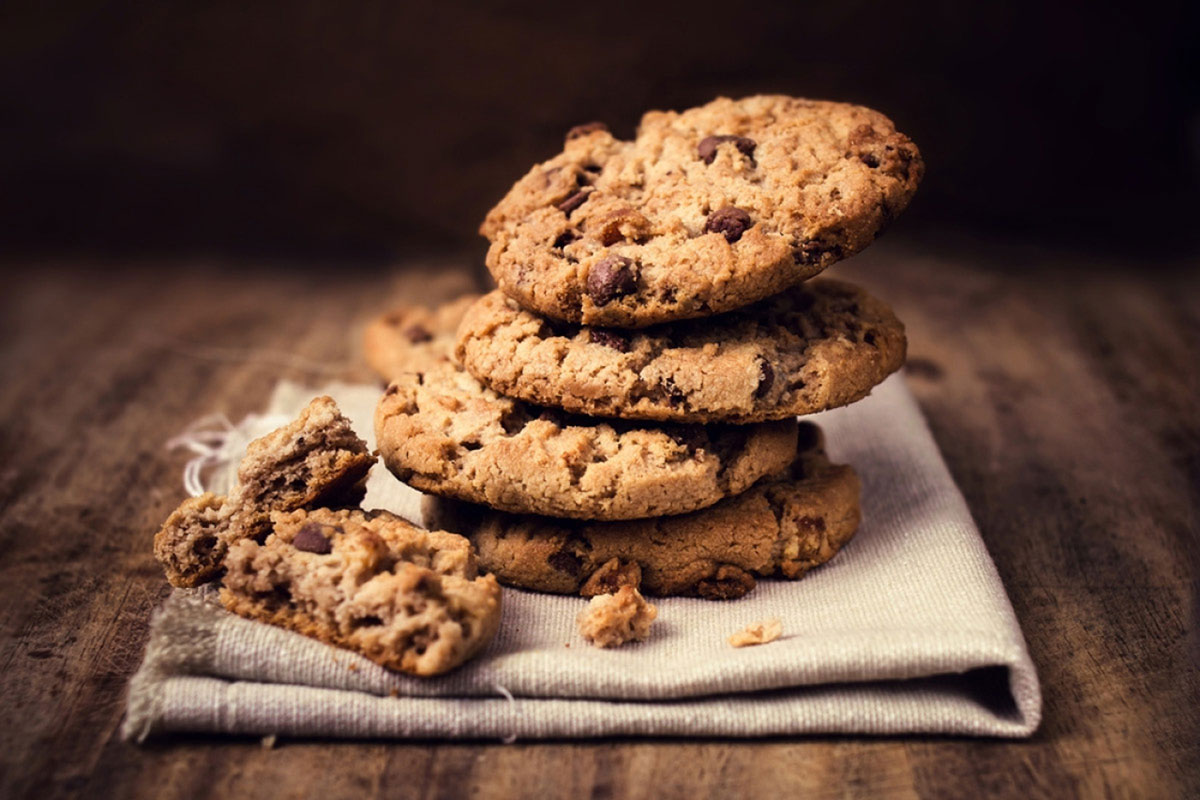
The history of biscuits
The tradition of baking bread twice ( the name in Latin was panis siccus biscotus ) dates back to the crusades in the holy land , the long journeys along the silk route and the great sea explorations
Marco Polo talks about a population far away from us which used to process fish in the same way as Europeans processed bread : “ They have a lot of good fish and they make a biscuit of it, cutting it into pieces and covering it with salt. This allows them to eat the fish all year long “.
Next step was the arrival and spreading of a new ingredient, sugar, which first appeared in Venice in 996. Cooks in courts and monasteries started to bake typical products called Bracciatelle, berlingozzi, ciladoni, morselletti, mostaccioli, offelle or zuccherini .
In 1270 transalpine waffles manufacturers gathered in guilds. Waffles soon became a tradition, first in France and later in Italy and they are still popular in the countryside. People used to fill baskets with sweets (often in a croissant shape ) put one inside the other and went to sell them in markets, trade fairs or simply in front of churches during festivals. Sometimes such products were prizes for the winner of a dice competition.
In the 19th century the Middle Class ate biscuits in their parlors, while drinking tea, hot chocolate or wine. Such biscuits were baked by housewives, but also by fine workmen, and they were stored in beautiful tins with precious decorations.
Emmepi Dolci s.r.l.
Via dell’industria, 7 – 25030 | Orzivecchi (BS) – Italia
+39 030 9465199 / 030 9465235 | Fax +39 030 9461633
P.iva IT 02595710985 | C.F. IT 02595710985
